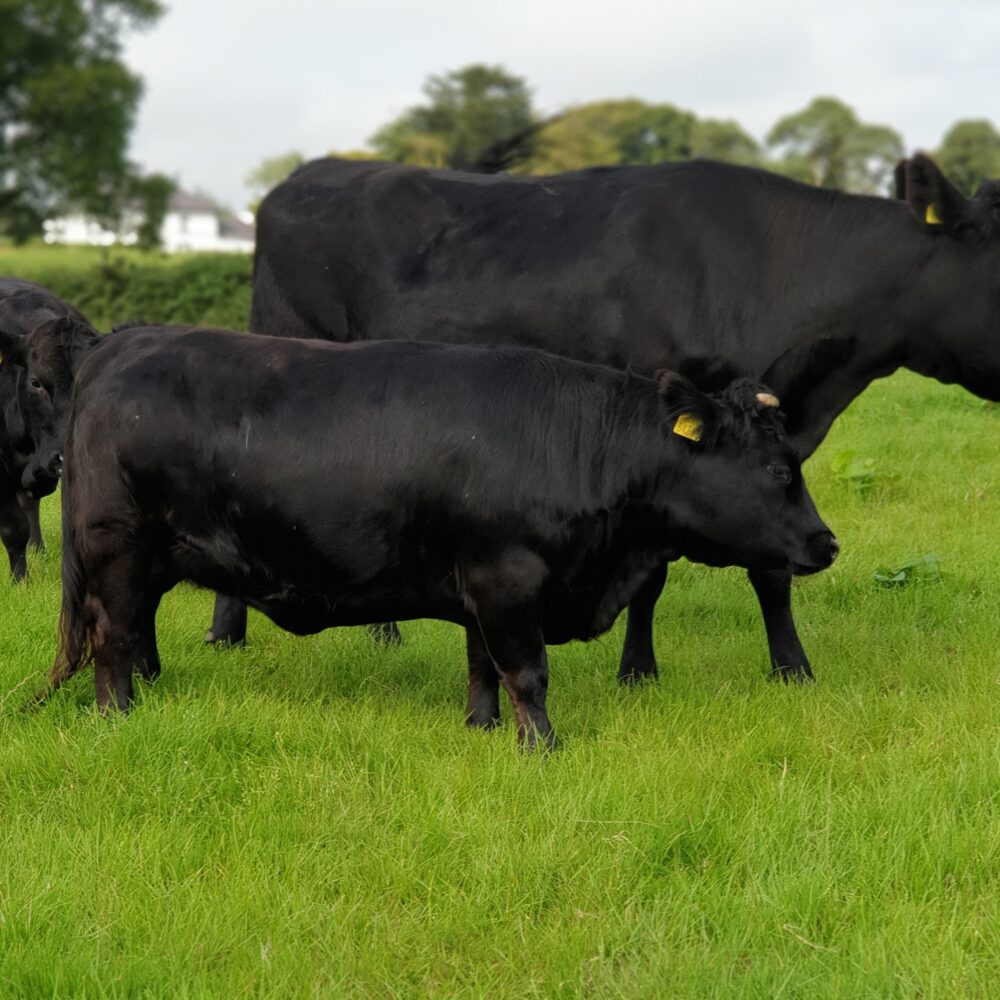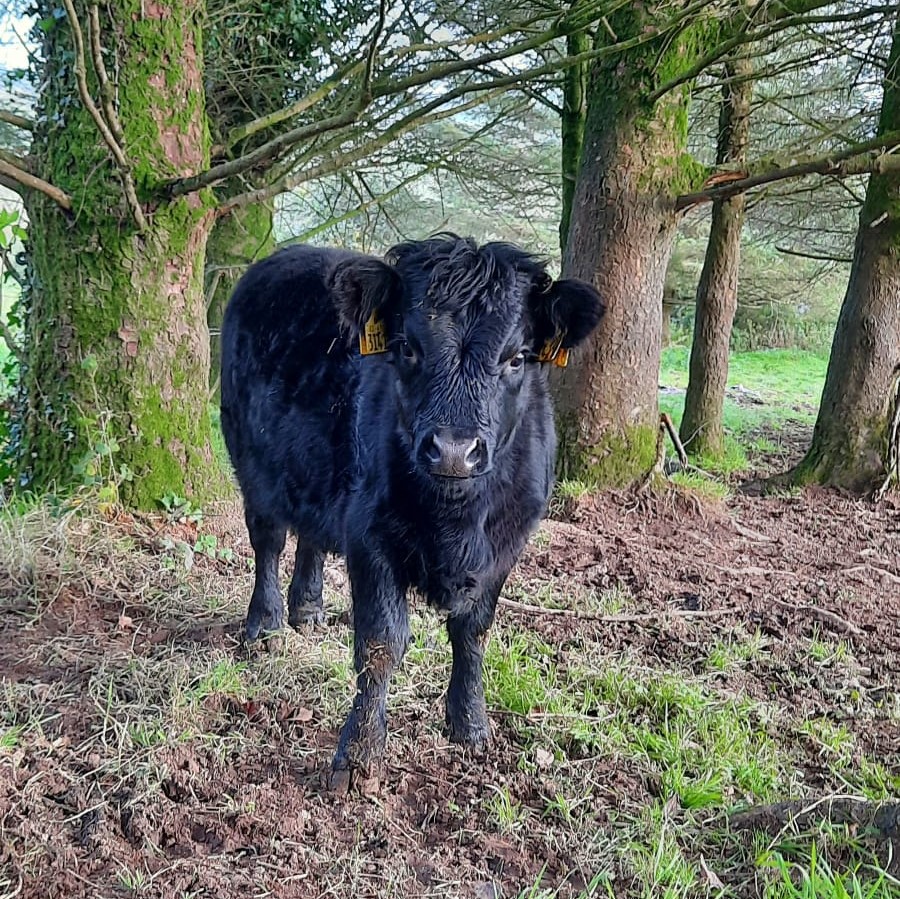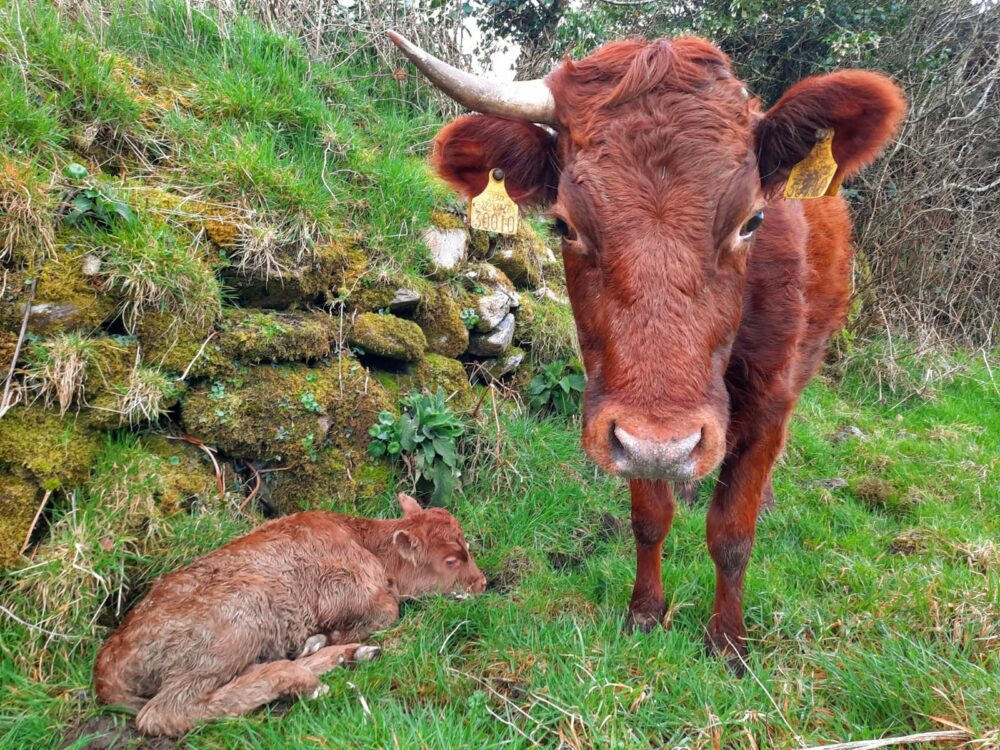History of Dexter Cattle
The Dexter originated in Ireland. Like the Kerry, they are descended from the predominately black cattle of the early Celts.
The breed owes its name to a Mr. Dexter who was agent to a Lord Hawarden (pronounced ‘Harden’) who came to Ireland in 1750 and made his home in Co Tipperary. Mr Dexter is said to have produced his breed by selection from the best of the hardy mountain cattle of the area.
Dexter cattle were first introduced into England in 1882, when ten Dexters were purchased by Mr. Martin. J. Sutton of Kidmore Grange, Oxfordshire from Mr. James. Robertson of La Mancha, Nr Malahide, Dublin. They were first shown at the Royal Show at Norwich in 1886.
By 1892, this native Irish breed was so well established in Great Britain that at a meeting of breeders at the Smithfield club on December 6th resulted in the formation of the Kerry and Dexter/Kerry cattle society.
With the lineage intact, Irish breeders of Dexter began to re-emerge in the 1990s, 2000s. The Dexter joined the Kerry, the Droimeann and the Irish Maol on the list of cows which have been granted Native Rare Irish Breed status. A recent drive by farmers has led to an increase in numbers for Dexter & support for the breed is growing all the time.





